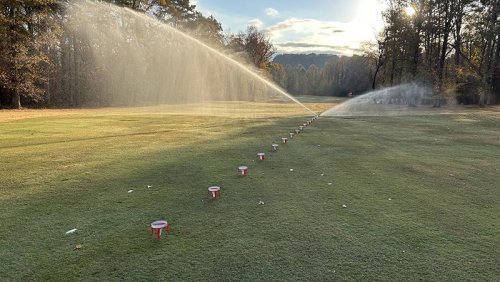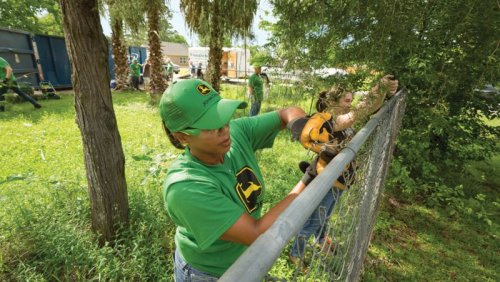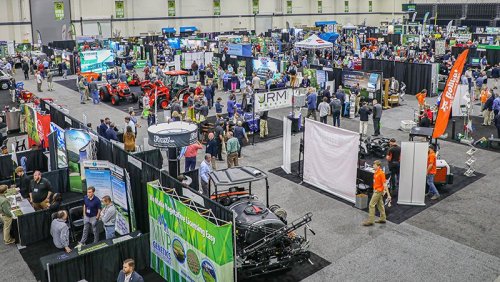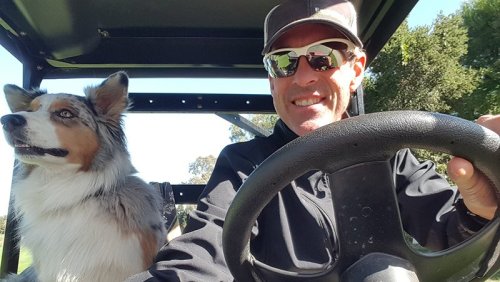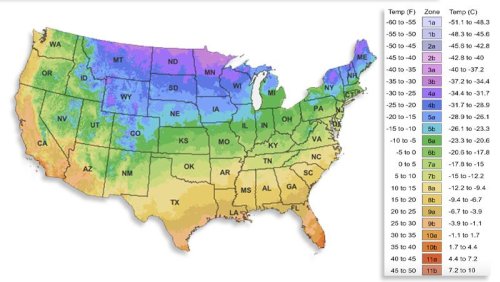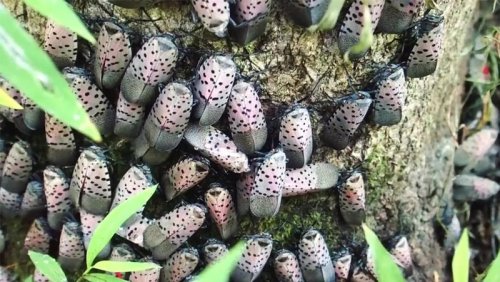

With the active ingredient prohexadione calcium, Anuew EZ is a liquid formulation labeled for use on warm- and cool-season turf, including common and hybrid Bermudagrass, zoysiagrass, St. Augustine, paspalum, and kikuyugrass as well as creeping bentgrass, annual and perennial bluegrass, Kentucky bluegrass, perennial ryegrass and tall and fine fescues on golf courses, sports fields, parks and cemeteries, residential and commercial lawns and sod farms.
Anuew EZ is a late-stage GA inhibitor that delivers long-lasting growth regulation allowing turf managers to spend less time mowing while also improving turf density and visual quality, which translates into cost and labor savings without compromising playability.
"Golf course superintendents are consistently asked to do more with less," said Jeff Eldridge, Nufarm's US golf segment lead. "Tight budgets, environmental pressures and a lack of available labor continue to make course maintenance very challenging. With Anuew EZ, Nufarm is providing superintendents with innovative, flexible, easy-to-apply technology that can help them overcome those challenges while still delivering high-quality turfgrass that contributes to a more attractive, playable golf course."
Anuew EZ has more than 15 years of research and field experience since 2016, on-site trials with cooperators and university and more than 350 real-world field trials throughout North America.
In cool-season grasses, Anuew shifts carbohydrates to the plant's roots for improved visual quality and density. Anuew regulates turf growth leading to improved plant health and stress tolerance. It is long-lasting in cool-season turf and even more effective in warm-season varieties, according to research. Other benefits include even regulation of Poa in mixed stands and suppresses seedhead production in Poa annua as well as in zoysiagrass. By favoring Bermudagrass, Anuew also helps in promoting quicker spring green up.
Aneuw EZ is registered in all 50 states except, Alaska, California and Maine.
- Read more...
- 1,873 views





